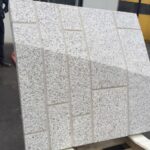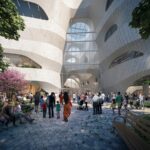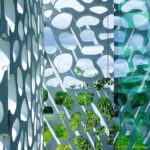The Richard Gilder Center for Science, Education, and Innovation stands as a modern addition to New York’s renowned American Museum of Natural History (AMNH). Designed to facilitate public engagement with science and innovation, the building boasts contemporary spaces for exhibitions and educational activities.
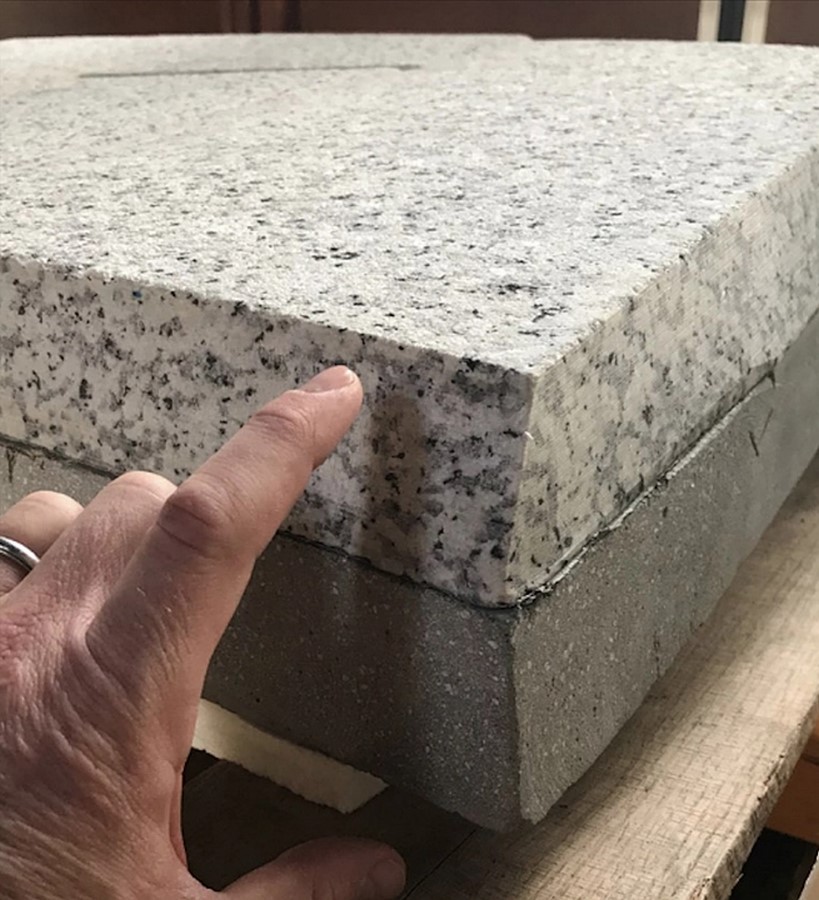
Design Concept by Studio Gang
Crafted by Studio Gang, the architectural vision for the Gilder Center embodies fluidity and continuity. Utilizing an industrial application of concrete, the interior spaces feature seamless transitions, creating a cohesive environment without the need for additional structural support.
Unitized Stone Facade by Hofmann Facades Group
To complement the innovative interior design, the facade of the Gilder Center incorporates Hofmann’s Ultra-High-Performance Concrete (UHPC) stone veneer panels. These panels, backed with ultra-high-performance concrete, offer a blend of traditional aesthetics and modern construction techniques.
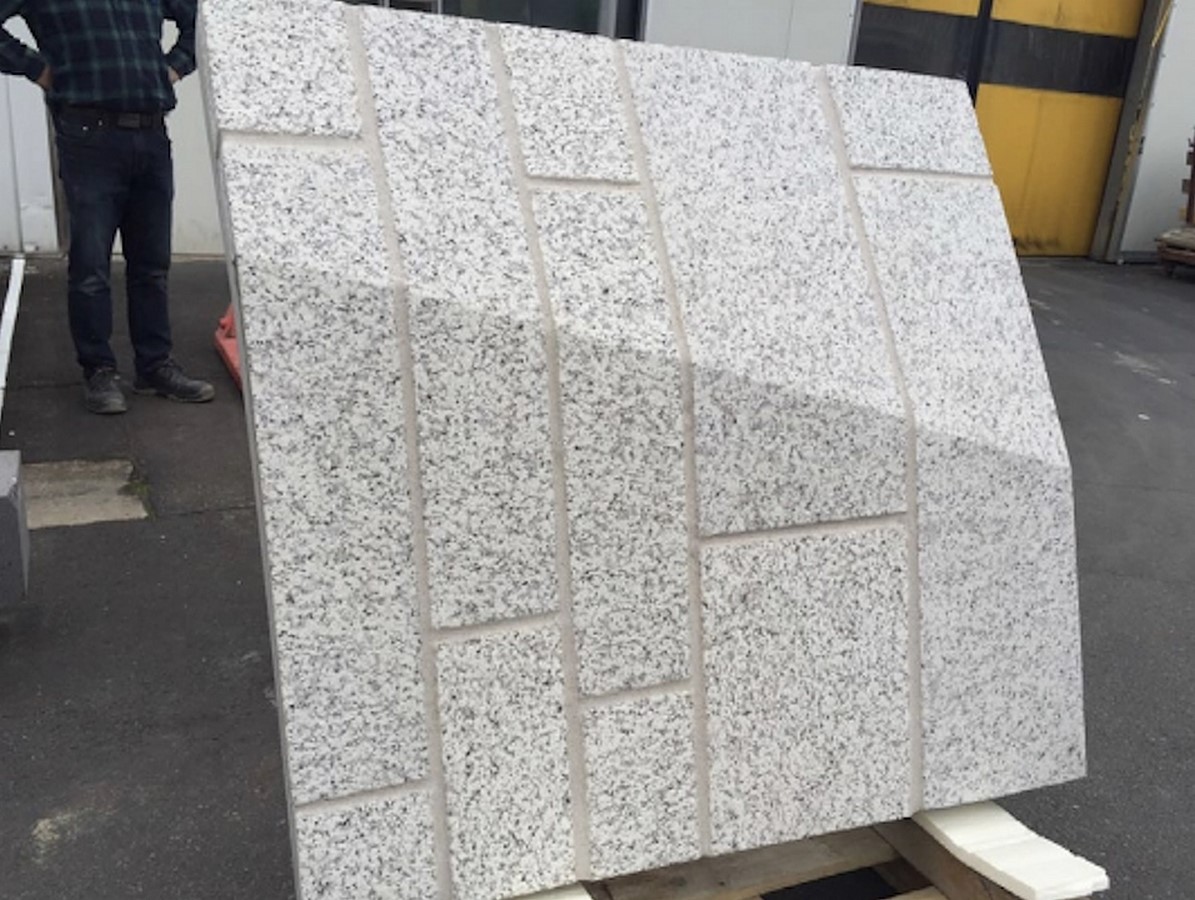
Benefits of UHPC Stone Veneer Facade Panels
The utilization of Hofmann’s UHPC stone veneer panels brings several advantages to the project:
- Reduced Carbon Footprint: Less cement usage contributes to environmental sustainability.
- Weight Reduction: With a 30% reduction in weight, the facade minimizes loads on the superstructure.
- Enhanced Efficiency: Downsized anchor sizes and increased floor space allow for improved insulation and fireproofing.
- Cost Savings: Elimination of the need for a tower crane and enhanced durability translate to long-term cost savings.
Project Details
- Location: New York, NY
- Architect: Studio Gang
- Client: American Museum of Natural History
- Project Type: Cultural, Educational
- Size: 190,000 ft2
- Facade Type: Strong back system
- Product Used: Hofmann’s UHPC stone veneer panels
Application and Use in Construction
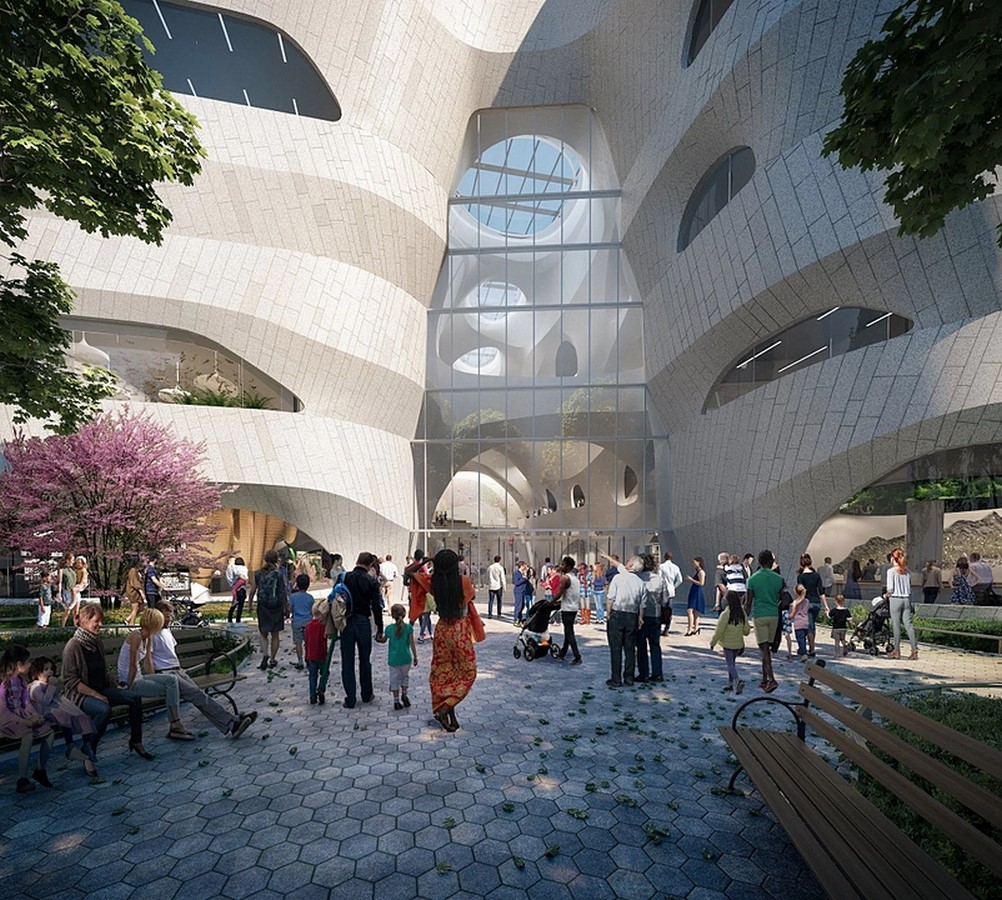
The integration of Hofmann’s UHPC stone veneer panels demonstrates the versatility and efficiency of composite materials in facade construction, providing a modern solution for architectural projects seeking durability, aesthetics, and sustainability.



